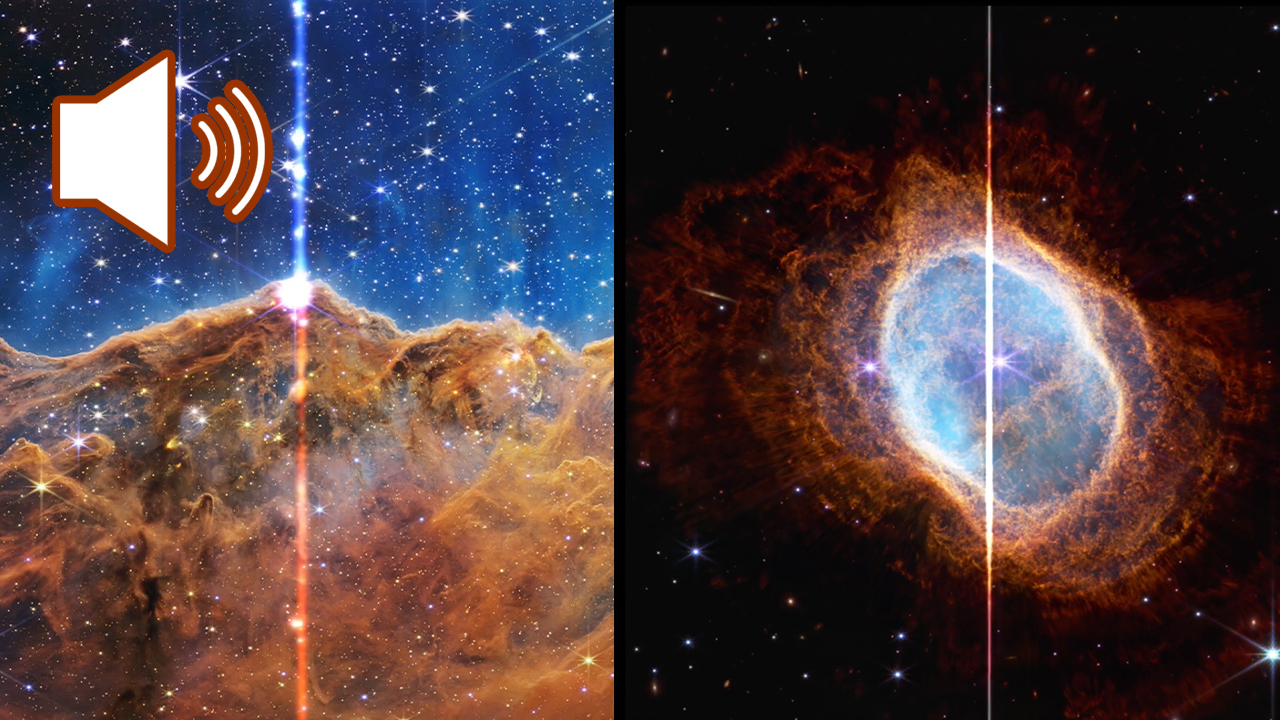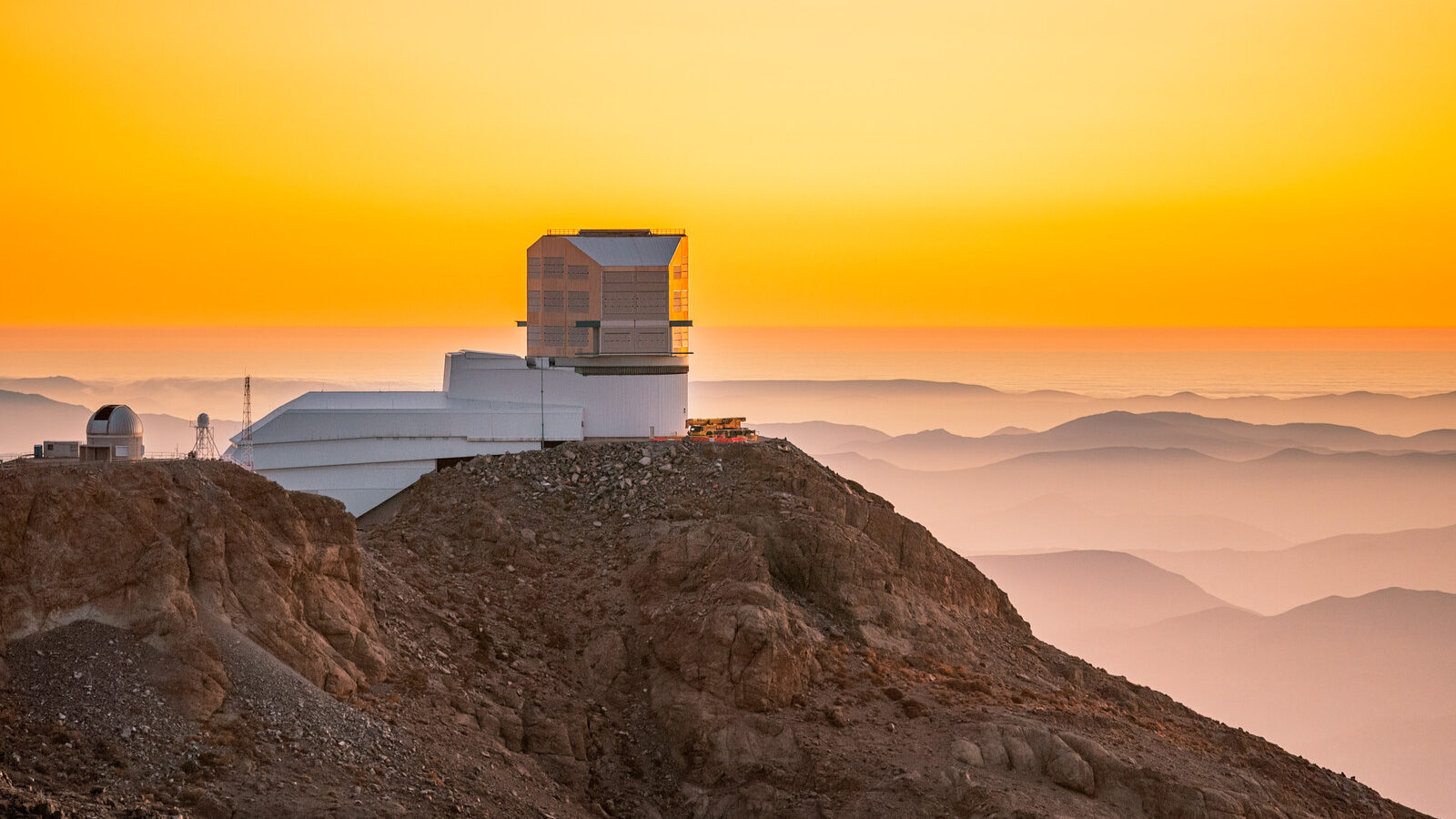Iconic James Webb Space Telescope images turned into music
The data sonifications allow visually impaired space enthusiasts to experience the beauty of the universe.
The breathtaking images of distant nebulas captured by NASA's James Webb Space Telescope that mesmerized the world in July have been turned into music through a technique called data sonification.
Three sonifications of images from the first James Webb Space Telescope data release have now been made available to the public. The sonifications are based on the iconic "Cosmic Cliffs in the Carina Nebula" image and the photograph of the Southern Ring Nebula, both of which were part of the first Webb data release on July 13. A third sonification based on Webb's first exoplanet atmosphere spectrum, that of the hot gas giant planet WASP-96 b, completes the set.
Each of the unique musical pieces is different. The awe-inspiring wall of reddish dust in the Carina Nebula makes a rather pleasurable cosmic burble, while the Southern Ring Nebula generates more of a horror-movie-like listening experience.
Gallery: James Webb Space Telescope's 1st photos

The sonifications translate data into sounds based on predefined parameters. For example, each star in the two nebulas produces a distinct sound based on, for example, its size, brightness and age.
The sonifications are NASA's way to make the James Webb Space Telescope science accessible to visually impaired enthusiasts as part of the Universe of Learning project.
"These compositions provide a different way to experience the detailed information in Webb’s first data," Quyen Hart, a senior education and outreach scientist at the Space Telescope Science Institute in Baltimore, Maryland, said in a statement. "Similar to how written descriptions are unique translations of visual images, sonifications also translate the visual images by encoding information, like color, brightness, star locations or water absorption signatures, as sounds."
Breaking space news, the latest updates on rocket launches, skywatching events and more!
A team of scientists and musicians, supported by a member of the visually impaired community, worked on the sonifications to allow listeners to distinguish the key features of each image.
NASA has previously created sonifications of images from its Chandra X-ray observatory and hopes those of Webb will have a similar appeal.
"Music taps into our emotional centers,” said Matt Russo, a musician and physics professor at the University of Toronto, who collaborates on the project. "Our goal is to make Webb’s images and data understandable through sound — helping listeners create their own mental images."
Follow Tereza Pultarova on Twitter @TerezaPultarova. Follow us on Twitter @Spacedotcom and on Facebook.
Join our Space Forums to keep talking space on the latest missions, night sky and more! And if you have a news tip, correction or comment, let us know at: community@space.com.

Tereza is a London-based science and technology journalist, aspiring fiction writer and amateur gymnast. Originally from Prague, the Czech Republic, she spent the first seven years of her career working as a reporter, script-writer and presenter for various TV programmes of the Czech Public Service Television. She later took a career break to pursue further education and added a Master's in Science from the International Space University, France, to her Bachelor's in Journalism and Master's in Cultural Anthropology from Prague's Charles University. She worked as a reporter at the Engineering and Technology magazine, freelanced for a range of publications including Live Science, Space.com, Professional Engineering, Via Satellite and Space News and served as a maternity cover science editor at the European Space Agency.
